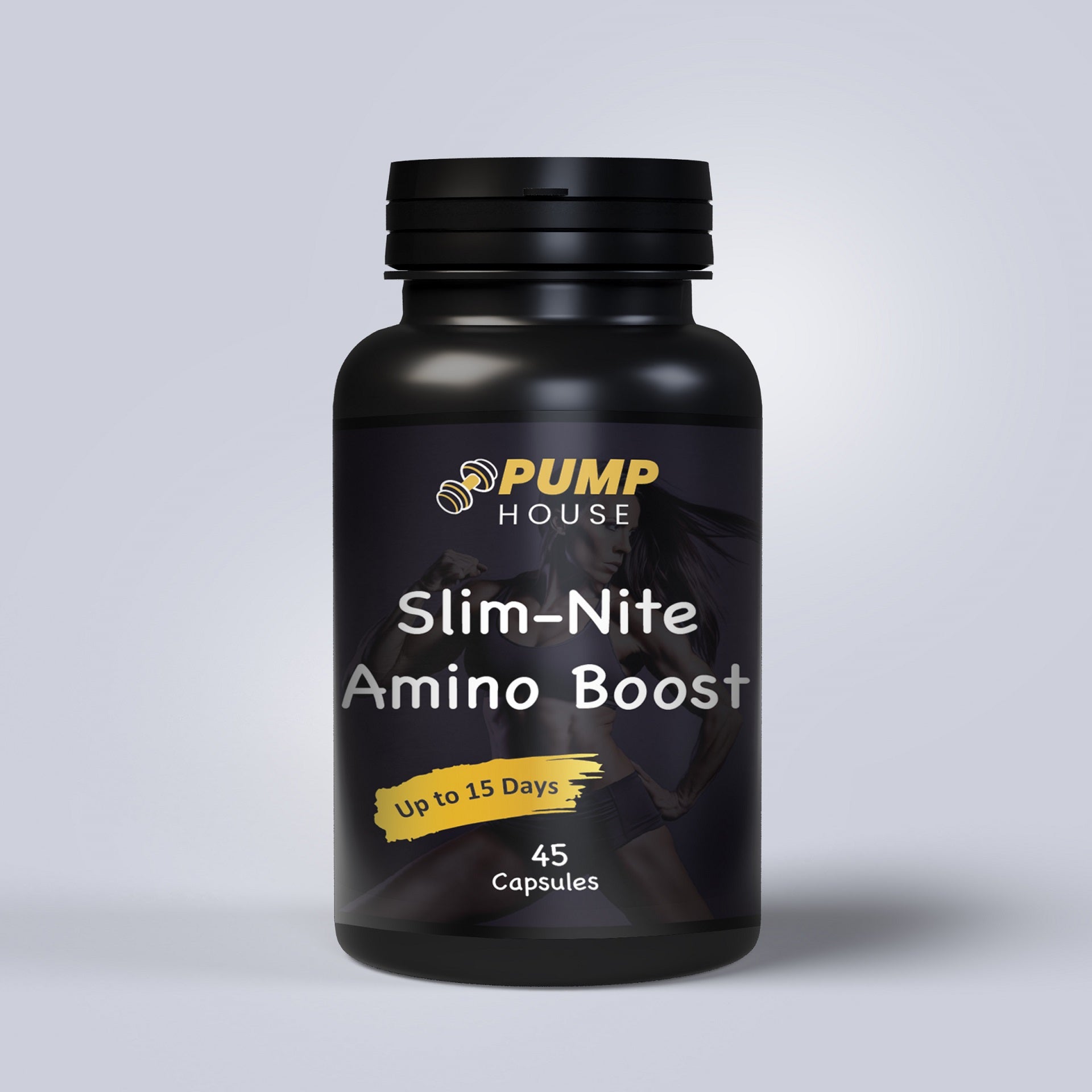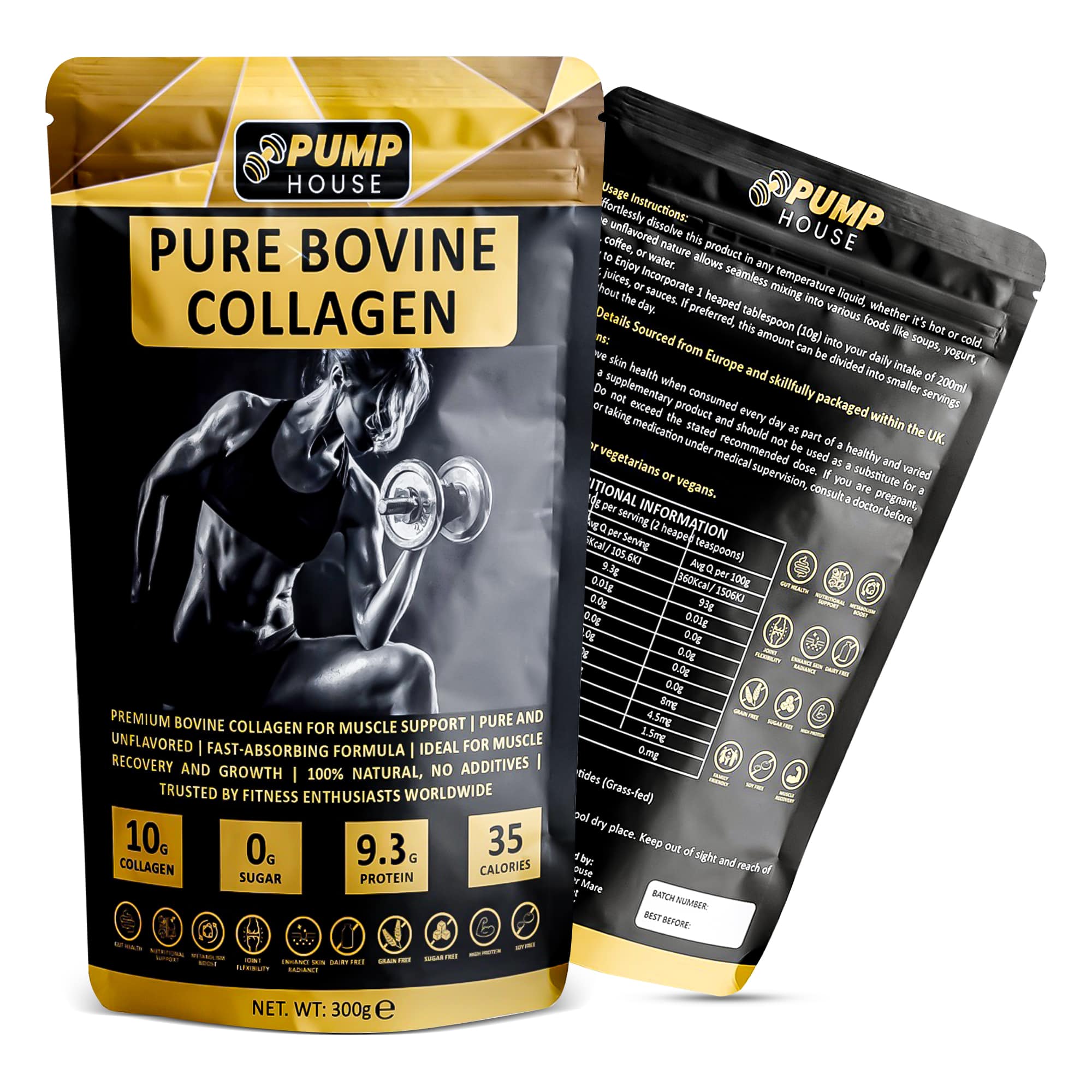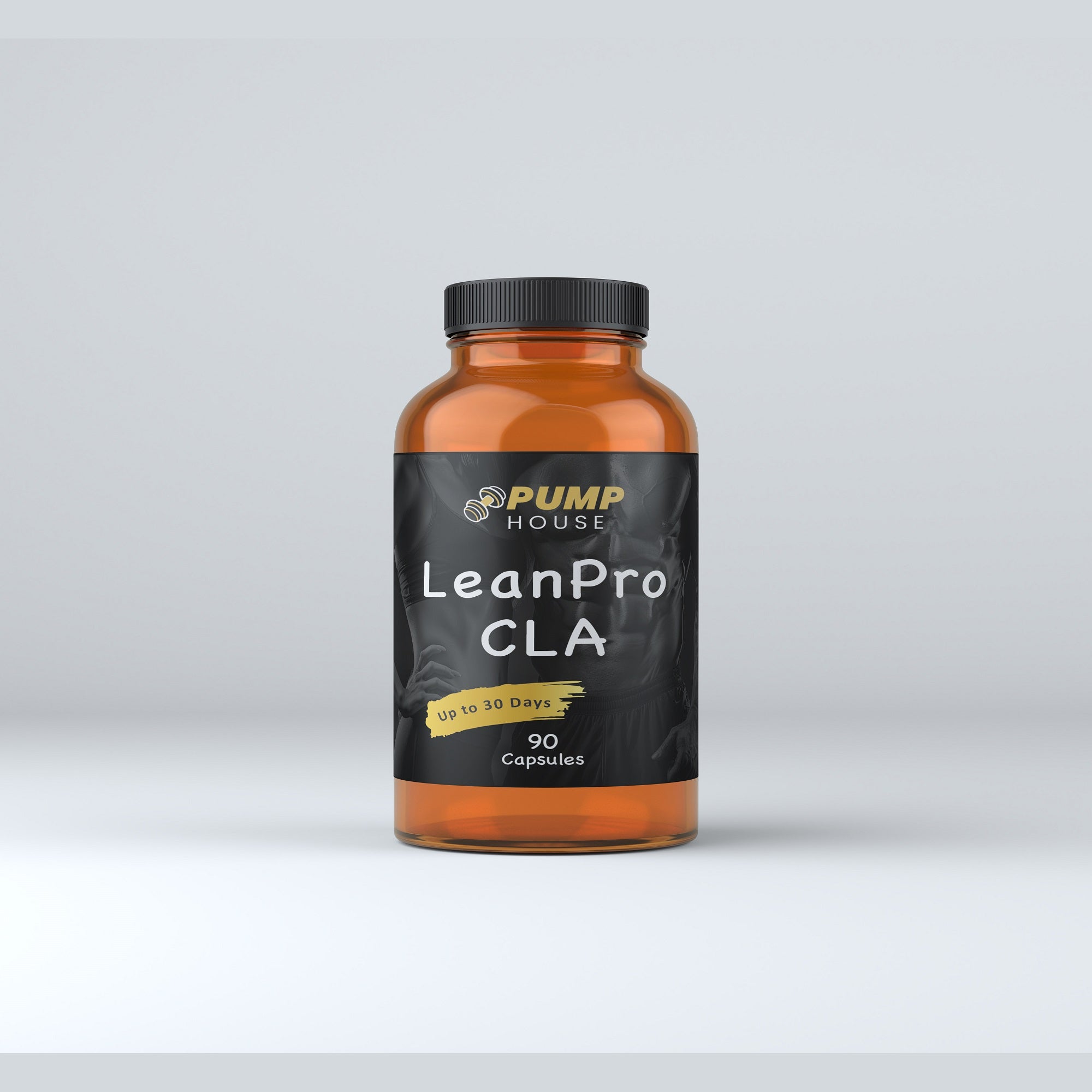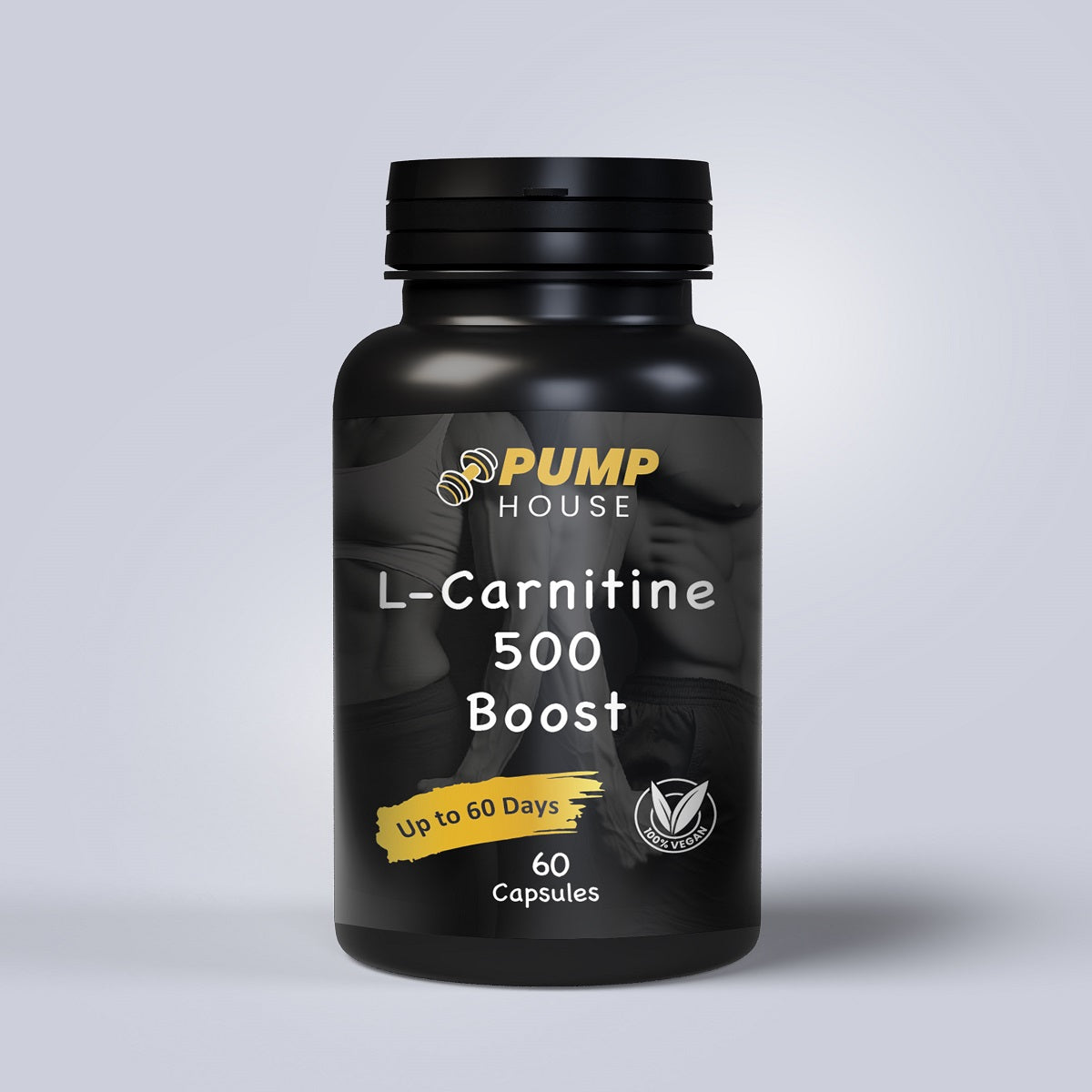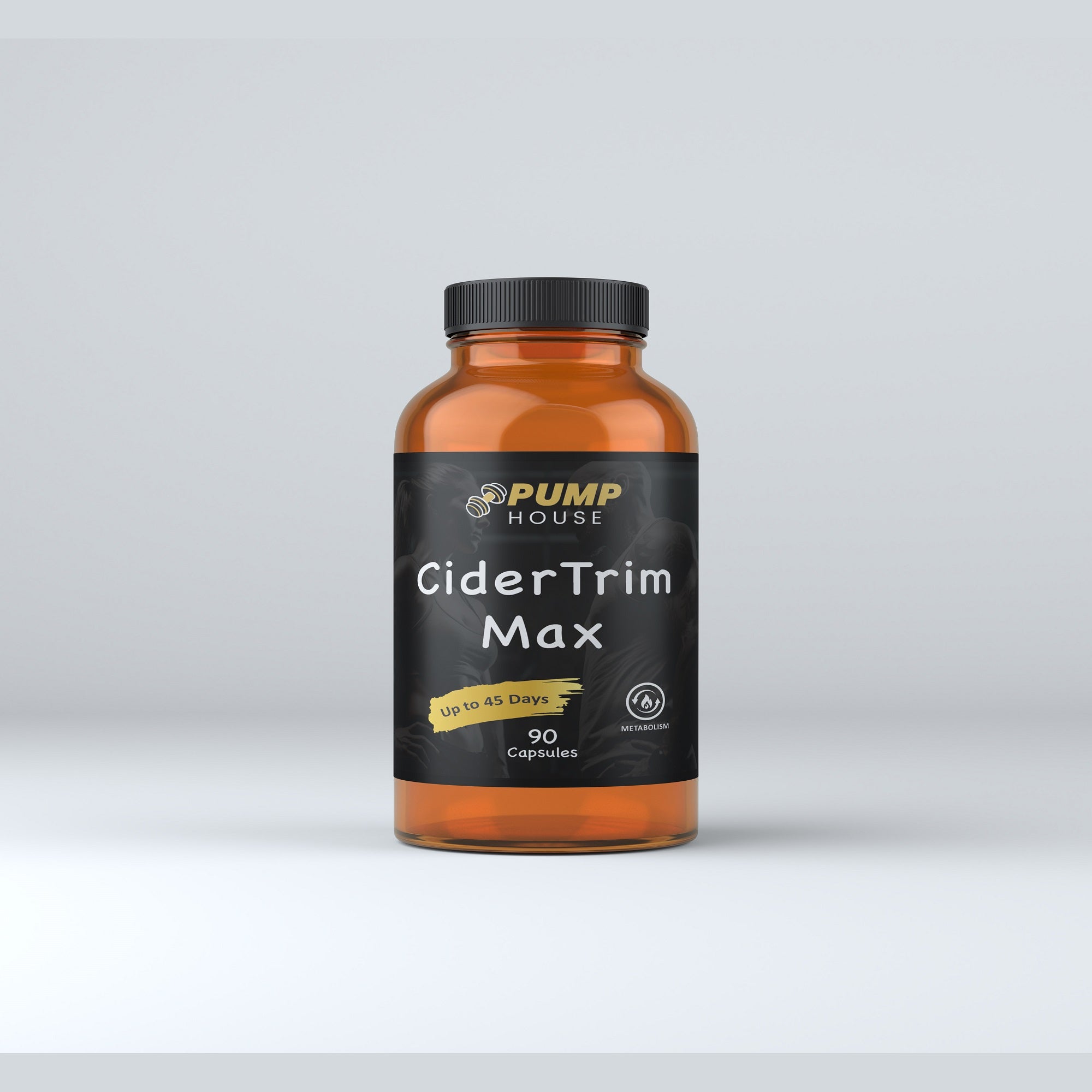
From Pasta Parties to Energy Gels: The Evolution of Carbohydrate Loading for Runners
From Pasta Parties to Energy Gels: The Evolution of Carbohydrate Loading for Runners
Introduction: The Importance of Carbohydrate Loading for Runners
Carbohydrate loading is a well-known practice among runners and endurance athletes. It involves increasing the intake of carbohydrates in the days leading up to a race or long-distance run in order to maximize glycogen stores in the muscles. This is important because glycogen is the primary fuel source for endurance activities. By increasing glycogen stores, runners can delay the onset of fatigue and improve their performance.
The concept of carbohydrate loading has been around for decades and has evolved over time. In the early days, runners would simply increase their carbohydrate intake in the days leading up to a race, often by consuming large amounts of pasta and bread. However, as our understanding of sports nutrition has advanced, so too have the methods and techniques of carbohydrate loading.
The Origins of Carbohydrate Loading: Early Methods and Techniques
Carbohydrate loading has its roots in the 1960s, when Swedish physiologist Gunvar Ahlborg conducted a series of studies on the effects of diet on muscle glycogen stores. Ahlborg found that by depleting glycogen stores through exercise and then consuming a high-carbohydrate diet, athletes could significantly increase their glycogen stores. This led to the development of the first carbohydrate loading protocols.
Early methods of carbohydrate loading involved a depletion phase, where athletes would engage in intense exercise to deplete their glycogen stores, followed by a loading phase, where they would consume a high-carbohydrate diet to replenish glycogen stores. This method was effective in increasing glycogen stores, but it was also time-consuming and often led to feelings of fatigue and lethargy during the depletion phase.
The Emergence of Pasta Parties: How Runners Started Carb-Loading in Groups
In the 1970s, a new trend emerged among runners - the pasta party. These gatherings became popular among runners as a way to carb-load before a race. The idea was simple: runners would come together the night before a race and enjoy a meal rich in carbohydrates, typically pasta. This not only provided a social aspect to carb-loading but also made it easier for runners to consume large amounts of carbohydrates in a short period of time.
Pasta parties quickly became a staple in the running community, with many races and running clubs organizing pre-race dinners for participants. The benefits of carb-loading in groups were twofold. Firstly, it provided a sense of camaraderie and support among runners, which can be beneficial for race-day nerves. Secondly, it made carb-loading more enjoyable and less of a chore, as runners could share a meal and bond over their shared passion for running.
The Science Behind Carbohydrate Loading: Understanding the Role of Glycogen in Running
To understand the importance of carbohydrate loading, it's essential to understand the role of glycogen in running. Glycogen is a form of stored glucose that is found in the muscles and liver. During exercise, the body uses glycogen as a fuel source to provide energy to the working muscles. However, the body's glycogen stores are limited, and once they are depleted, fatigue sets in.
Carbohydrate loading aims to maximize glycogen stores in the muscles, allowing runners to delay the onset of fatigue and perform at a higher level for longer periods of time. By consuming a high-carbohydrate diet in the days leading up to a race, runners can increase their glycogen stores and ensure they have enough fuel to sustain their efforts during the race.
The Limitations of Traditional Carbohydrate Loading: Why Runners Started Looking for Alternatives
While traditional carbohydrate loading methods were effective in increasing glycogen stores, they had their limitations. One of the main downsides was the depletion phase, which required runners to engage in intense exercise to deplete their glycogen stores. This often led to feelings of fatigue and lethargy, which could impact performance in the days leading up to a race.
Additionally, traditional carbohydrate loading methods focused solely on increasing glycogen stores and did not take into account other aspects of nutrition, such as protein and fat intake. This led to a one-dimensional approach to nutrition, which may not have provided runners with all the necessary nutrients for optimal performance.
The Rise of Energy Gels: How Runners Started Using Supplements to Boost Performance
In recent years, energy gels have become increasingly popular among runners as a way to boost performance and enhance carbohydrate loading. Energy gels are concentrated sources of carbohydrates, typically in the form of glucose or maltodextrin, that are designed to be easily consumed during exercise. They provide a quick and convenient source of energy and can be consumed on the go, making them ideal for endurance activities like running.
Energy gels are often consumed during long-distance runs or races to provide a steady supply of carbohydrates to the muscles. They are easily digestible and quickly absorbed into the bloodstream, providing a rapid source of fuel for the working muscles. This can help delay the onset of fatigue and improve endurance performance.
The Benefits of Energy Gels: Understanding the Science Behind These Supplements
Energy gels offer several benefits for endurance athletes. Firstly, they provide a concentrated source of carbohydrates, which can help maintain blood glucose levels and provide a steady supply of fuel to the muscles. This is particularly important during long-distance runs or races, where glycogen stores can become depleted.
Secondly, energy gels are easily digestible and quickly absorbed into the bloodstream. This means that the carbohydrates are readily available for use by the muscles, providing an immediate source of energy. This can help prevent the dreaded "bonk" or hitting the wall, where runners experience a sudden drop in energy levels.
Finally, energy gels are convenient and portable, making them ideal for on-the-go fueling. They come in small, lightweight packets that can easily be carried in a pocket or running belt. This allows runners to consume carbohydrates during a run without having to stop or slow down.
The Different Types of Energy Gels: How to Choose the Right One for Your Needs
There are several different types of energy gels available on the market, each with its own unique composition and benefits. The most common types of energy gels are those that contain glucose or maltodextrin as the primary source of carbohydrates. These gels provide a quick source of energy and are easily absorbed by the body.
Some energy gels also contain additional ingredients, such as electrolytes or caffeine. Electrolytes are minerals that help maintain fluid balance and muscle function, while caffeine is a stimulant that can enhance alertness and focus. These additional ingredients can be beneficial for endurance athletes, particularly during long-distance runs or races.
When choosing an energy gel, it's important to consider your individual needs and preferences. Some runners may prefer gels that are more liquid in consistency, while others may prefer gels that are thicker and more gel-like. It's also important to consider the flavor and taste of the gel, as this can impact your willingness to consume it during a run.
Other Alternatives to Carbohydrate Loading: Exploring the Latest Trends and Techniques
While energy gels have become a popular choice for endurance athletes, there are also other alternatives to traditional carbohydrate loading. One such alternative is the use of sports drinks or electrolyte beverages. These beverages contain a combination of carbohydrates and electrolytes, which can help maintain hydration and provide a source of fuel during exercise.
Another alternative is the use of whole foods as a source of carbohydrates. Many runners choose to consume foods such as bananas, dates, or energy bars during a run to provide a natural source of carbohydrates. These foods are often more palatable and can provide additional nutrients, such as fiber and antioxidants.
Finally, some runners may choose to experiment with different types of carbohydrate loading protocols, such as the "train low, compete high" method. This involves training with low glycogen stores to enhance the body's ability to use fat as a fuel source, and then carbohydrate loading in the days leading up to a race to maximize glycogen stores.
Conclusion: The Future of Carbohydrate Loading for Runners and Athletes
Carbohydrate loading has come a long way since its early days, and it continues to evolve as our understanding of sports nutrition advances. While traditional carbohydrate loading methods are still widely used, many runners are now turning to energy gels and other alternatives to enhance their performance.
The future of carbohydrate loading for runners and athletes is likely to involve a combination of traditional methods and new innovations. As our understanding of sports nutrition continues to grow, we may see the development of new and improved carbohydrate loading protocols that take into account individual needs and preferences.
Regardless of the method or technique used, one thing is clear - proper nutrition is essential for endurance athletes. Carbohydrate loading, whether through traditional methods or with the help of energy gels, can provide the fuel needed to perform at a high level and achieve personal bests. By understanding the science behind carbohydrate loading and choosing the right approach for your needs, you can optimize your performance and reach your running goals.
If you're a marathon runner looking to optimize your performance, you may also be interested in the benefits of bovine collagen supplementation. In the article "The Power of Pure Bovine Collagen: A Dual Approach to Joint Health and Skincare," you can discover how bovine collagen can not only support joint health but also improve the appearance of your skin. With its ability to promote collagen synthesis and enhance skin elasticity, bovine collagen can be a valuable addition to your training regimen. To learn more about the multifaceted benefits of bovine collagen, click here.



